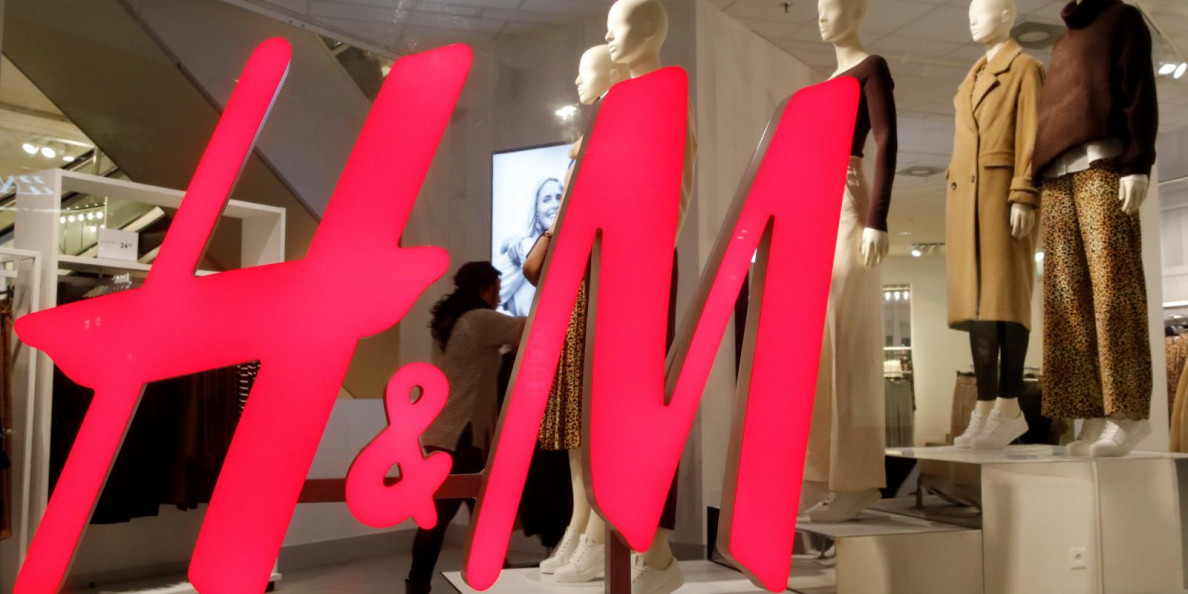By Beth Wright
As part of its aim to trace in excess of 200m items, H&M will start rolling out TextileGenesis’ traceability technology for all man-made cellulosics and recycled polyester in a phase-by-phase approach throughout 2022.
Following a pilot in 2019-20 and after winning H&M Foundation’s Global Change Award, TextileGenesis’ traceability technology has evolved into several scaled pilots. Its textile traceability platform, using blockchain technology, provides a highly valuable solution to enabling improved supply chain traceability and transparency, H&M Group says.
“H&M Group believe that supply chain traceability and transparency should go hand-in-hand to create greater accountability for where materials and products come from, and to drive positive change in the fashion industry. Moreover, we believe that we can have greater impact by working together within and across industries to come up with shared solutions; combining technologies and shared-industry databases can help increase supply chain traceability,” Merel Krebbers, product owner fibre to product traceability at H&M Group, says.
To advance its work around traceability, the retailer has been initiating several traceability pilots and programmes over the past years in order to identify and test the most suitable solutions.
The TextileGenesis collaboration is a key initiative in H&M Group’s traceability journey, with the company adding it is a noteworthy initiative not just for itself, but for the retail industry at large.
“This current roll-out will enable us to ensure a high level of traceability for a significant portion of our material base, up to 20% by volume of material base from fibre through to final product on the innovative digital platform – with the intention to keep increasing it next year,” it says. “In our scaled pilots in 2021, we traced more than 1.5m garments and with the current roll out, by the end of 2022, we aim for over 200m.”
As supply chains are complex and dynamic, suppliers and supply chain engagement are crucial in making this roll-out successful, it adds.
“In practice, the scaled pilots of last year and this year’s roll-out of TextileGenesis to our supply chain for man-made cellulosics and recycled polyester has meant we have onboarded and trained hundreds of suppliers across several countries. We are glad to see that we have had active supplier engagement but also great collaboration across the industry.”
Last month, Danish fashion retailer Bestseller expanded its partnership with TextileGenesis to trace man-made cellulosic fibres and direct-to-farm cotton throughout its supply chain. Bestseller said the move will allow it to trace 25m garments this year from raw material to end product using blockchain technology.
Πηγή: just-style.com


